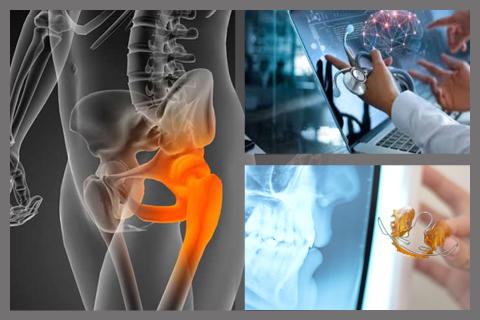The use case addresses one of the most prevalent health problems experienced by the populations of developed nations resulting in enormous losses of productivity and costs for ongoing medical care.
The simulation process developed within this use case will optimize the screw-rod fixation systems based on clinical imaging data recorded during standard examinations and consequently target the lowering of the reported rates of screw loosening and revisions, enhance safety, expand the knowledge of the internal mechanics of screw-rod fixation systems applied to the lumbar spine and finally reveal optimization potential in terms of device application and design.
The use case is a typical application targeting an HPC environment. Its realization requires the implementation of a data store component, capable of providing efficient access data to heterogeneous compute resources, a simulation process chain and the usage of efficient data analytics methodologies.
This use case expects significant benefits from the SODALITE project, easing the use of the methodology for end users like medical device manufacturers or medical research institutes and it will additionally significantly reduce the support effort of the developers. Finally, the use case will serve as a real-world, business oriented, validation and evaluation platform.
